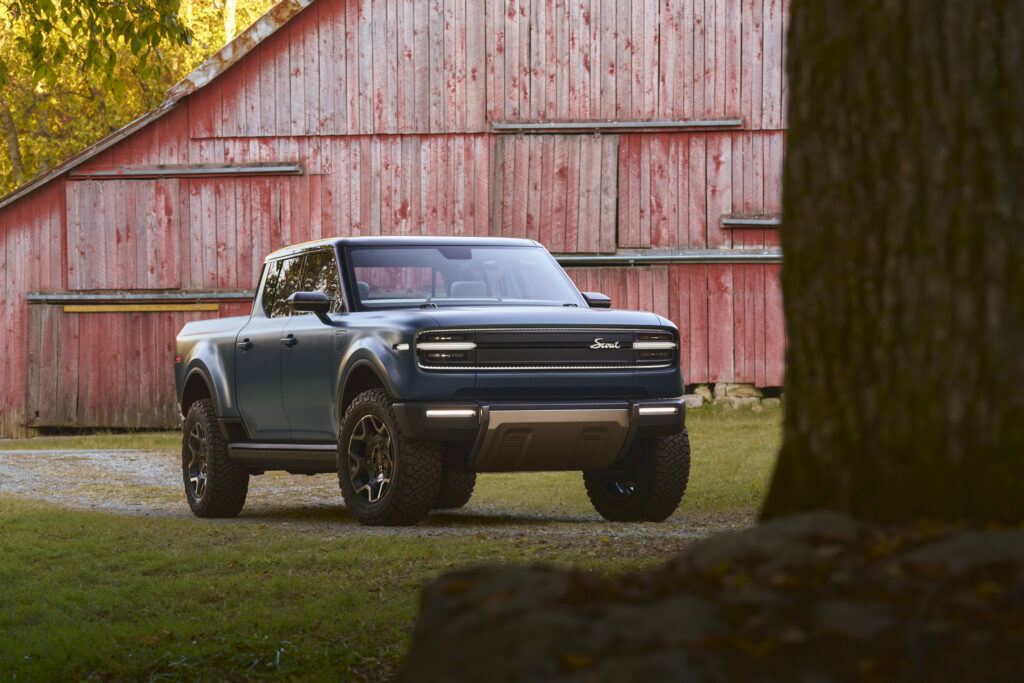Preliminary Interest in Scout Models
The future Terra pickup and Traveler SUV from Scout Motors have not yet entered production, but the company already has a clear understanding of its future customers. Interest in these models is high, and early figures indicate what might define the first stage of the brand’s development.
According to CEO Scott Keogh, over 80 percent of preliminary orders are for extended-range electric versions. While the electric vehicle infrastructure is improving, EREV systems might be the best solution at the moment.
Buyers’ Choice
Keogh noted: “The market has already decided. Over 80% of orders are for extended-range models.” This figure means that at least 104,000 out of 130,000 customers who placed a preliminary order have chosen the version that combines an electric drive with a small gasoline engine that functions as a generator. This indicates that many Americans prefer the flexibility for covering long distances over fully electric solutions.

Technical Features of the Models
Both vehicles are built on a modular architecture that supports both a fully electric powertrain and an EREV configuration. The electric version will use a nickel-manganese-cobalt battery with a capacity of approximately 120 kWh, providing an estimated range of 350 miles.
Differences Between the Systems
The extended-range models, on the other hand, are equipped with a smaller lithium-iron-phosphate battery with approximately half the capacity, providing about 150 miles of range on battery power alone. When the battery charge decreases, a small gasoline generator turns on and powers the battery, ensuring a total range of up to 500 miles.

Company’s Launch Plans
Keogh hinted that Scout might prioritize EREV models at the start of sales due to their high demand: “Overall, in life, we try to meet market demands. We will likely focus on EREV, but nothing official has been announced yet.” Both versions will be produced at the new $2.3 billion Scout plant in Blythewood, South Carolina, with production starting in late 2027.
Electrification Prospects
Interestingly, Keogh believes that the future still belongs to electric vehicles: “The world is still moving towards electrification. The technologies and innovations already exist. We want to guarantee that Scout will be ready for the next 100 years. We are not creating a brand for two years.” It is worth watching how technological breakthroughs by 2027 will affect Scout’s approach, and whether the demand for flexible solutions will eventually give way to full electrification as the infrastructure catches up with the needs.

Despite the current popularity of hybrid solutions, Scout’s long-term strategy is focused on sustainable development and innovation. The company demonstrates a readiness to adapt to market trends without losing focus on the future, where electric transport could become dominant. This could serve as an example for other manufacturers balancing between immediate consumer needs and long-term environmental sustainability goals.


 by
by 
